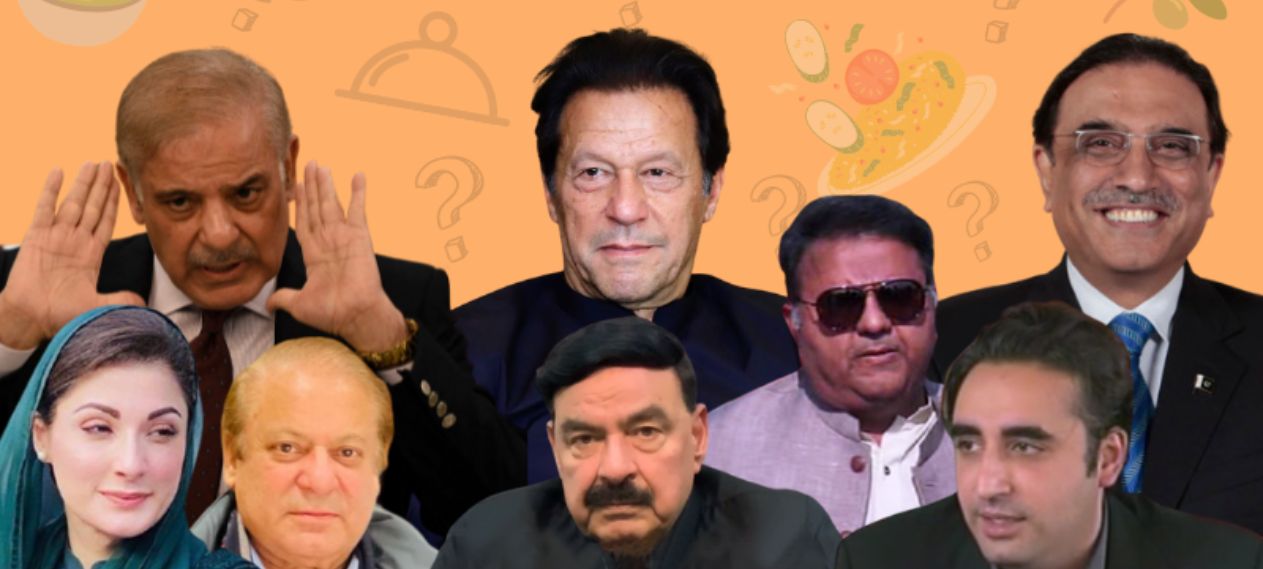Six days following the February 8 elections, Pakistan remains uncertain about which parties will form its next government and who will emerge as the next prime minister.
The elections yielded a divided mandate amidst concerns regarding the fairness of the electoral environment, allegations of significant manipulation, and disputes over the accuracy of the vote counts, prolonging for three days.
Leading with 93 seats are candidates associated with the Pakistan Tehreek-e-Insaf (PTI) of former Prime Minister Imran Khan, who were compelled to run as independents without their electoral symbol, the cricket bat.
They are followed by the Pakistan Muslim League-Nawaz (PMLN) of three-time former Prime Minister Nawaz Sharif, which secured 75 seats, making it theoretically the largest party in the National Assembly, though this constitutes less than a third of the 266 seats available on February 8.
In third place is the Pakistan People’s Party (PPP) led by former Foreign Minister Bilawal Bhutto Zardari, which obtained 54 seats.
However, questions arise: Can the PTI-backed independents form or align with a government? What are the party’s options, and what lies ahead for the nation?
What is required to form a government?
A party or coalition needs a simple majority of 134 seats out of the 266 in the National Assembly to establish a government.
A coalition may comprise multiple parties or include independent candidates who won their seats.
These independent candidates can either formally join a party aiming to form a government or forge an alliance while retaining their individual identity.
Also Read: Imran Khan’s Use of Social Media to Win Elections 2024
While technically possible for PTI-backed independents to be the nucleus of a government in alliance with other parties, reaching the 134-seat threshold presents challenges.
Firstly, maintaining stability would be challenging, relying on the whims of independent parliamentarians, making it prone to defections and potential collapse.
Secondly, as a group of independents, the PTI bloc would forfeit access to a portion of the 70 seats reserved for women and minorities, distributed proportionately among parties represented in the National Assembly.
If PTI-backed independents opt to join another party, they would be subject to the discipline of that party, potentially constraining their alignment with PTI policies and plans.
How soon must a government be formed after elections?
According to the constitution, a new National Assembly session must be convened within three weeks of the elections.
The law mandates that the National Assembly convene on the 21st day following the election, unless summoned earlier by the president. If not, the deadline expires on February 29.
During the session, if parties have finalized alliances, members will vote for the prime minister, speaker, deputy speaker, and select an opposition leader from parties not in the treasury benches.
Which parties have taken steps?
Nawaz Sharif, PMLN leader, instructed his brother Shehbaz Sharif to engage with other parties to form a governing alliance. PMLN has engaged with PPP and representatives of MQM, which won 17 seats in Sindh province. However, alliance plans remain undisclosed.
Also Read: Nawaz Sharif’s PMLN Faces Setback in General Elections, What Went Wrong?
What about PTI? Will its independents join another party?
PTI is focused on protesting alleged election result manipulations, asserting that many of their seats were overturned, depriving candidates of victory and leaving them below the 134-seat threshold. PTI member Sayed Zulfikar Bukhari stated they would not align with major parties, with ongoing internal discussions.
If PTI-backed candidates choose to join another party, they must decide within three days of the Election Commission of Pakistan’s official result announcement, which is pending.
Is forming a new party an option for PTI-backed independents?
In theory, PTI-backed independents could form a new party, but registration could take days and would not impact current government formation. The legal status and constitutional protections of a party formed post-election are uncertain.
Can PTI regain its symbol and party status?
PTI could seek relief from the Supreme Court regarding the symbol issue, but even a favorable verdict might not allow PTI-backed candidates to formally represent PTI in the new National Assembly. The lack of urgency in the Supreme Court and PTI’s uncertainty about obtaining relief suggest a resolution may not be reached before the first session.

